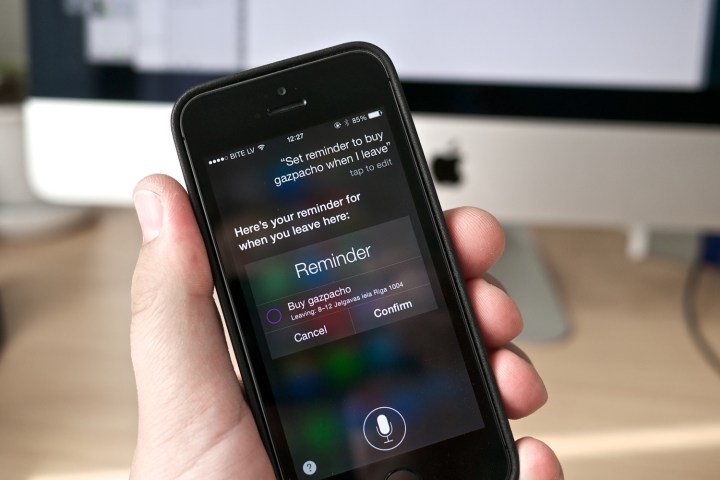
As the New York Times reports, the relatively new focus area of “conversational agents” in the little-understood field of human-computer interaction design, seeks to build programs that understand language and are also able to respond to commands. Today, it is impossible for a computer’s voice to be rendered indistinguishable from that of a human’s. At least, not for anything more complex than offering short bits of information — whether it’ll rain, for example, or when to turn left.
Part of the issue lies in “prosody,” which is the capacity to correctly enunciate or stress certain syllables — saying words the way an actual human would. And of course, there’s also the uniquely human ability to add emotion into pronunciation. After all, we don’t always say “good” or even “left” in the same way. Machines, on the other hand, have yet to master that nuance.
“The problem is we don’t have good controls over how we say to these synthesizers, ‘Say this with feeling,’” Scottish computer scientist and Carnegie Mellon professor Alan Black told the Times. And it may still be some time before we’re actually able to do this at all.
But that might not be a bad thing, some say. “Jarring is the way I would put it,” Brian Langner, senior speech scientist at digital speech company ToyTalk, said about having machines sound too much like humans. “When the machine gets some of those things correct, people tend to expect that it will get everything correct.”
So no, you probably won’t be able to get Siri to sound like your mom anytime soon. But you may want to enjoy that inability while you can.
Editors' Recommendations
- Spotify using AI to clone and translate podcasters’ voices
- Nvidia’s new voice A.I. sounds just like a real person
- This tech was science fiction 20 years ago. Now it’s reality
- World’s most advanced robotic hand is approaching human-level dexterity
- This basic human skill is the next major milestone for A.I.


